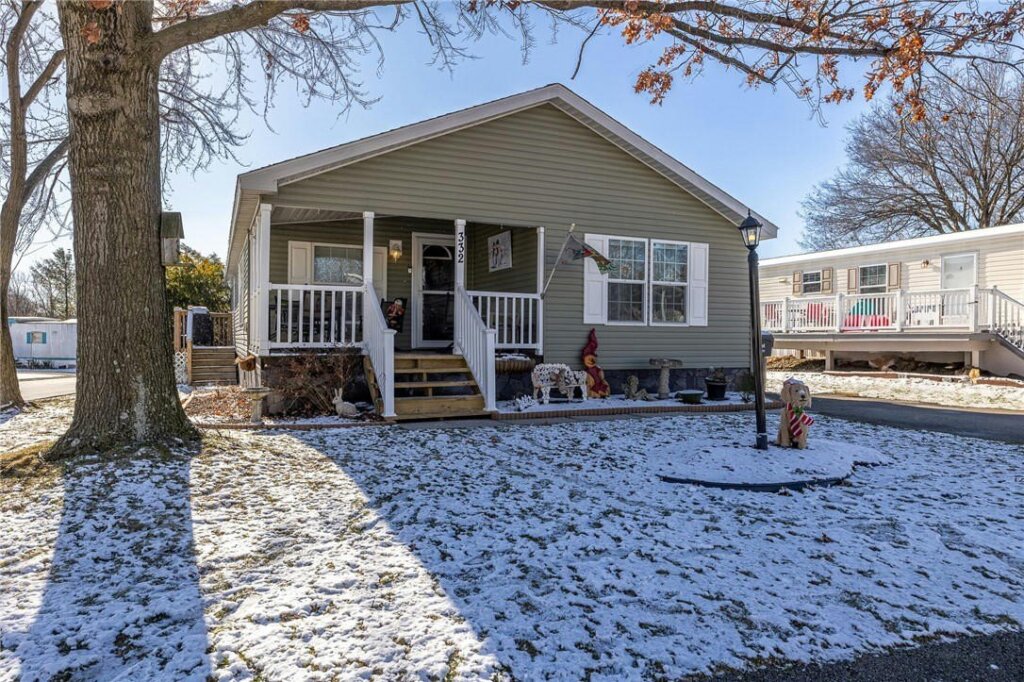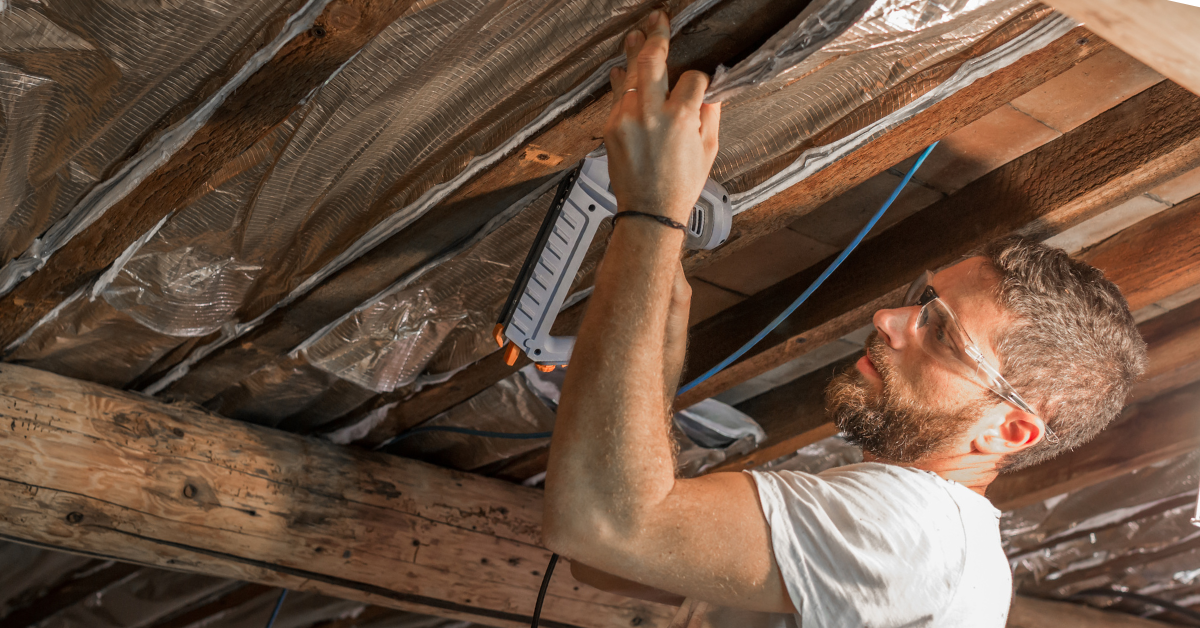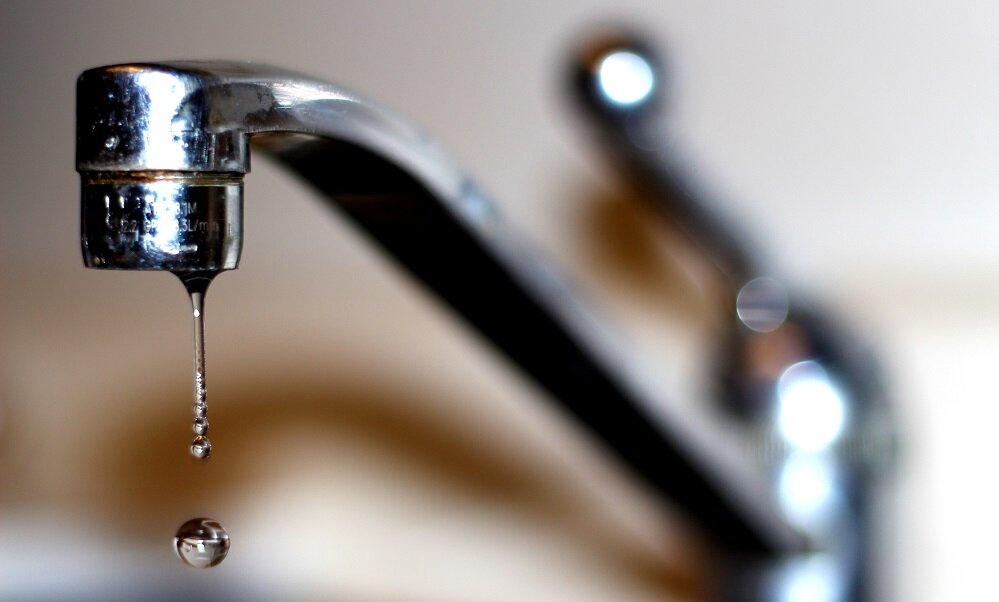Selling a mobile home in Pennsylvania during winter requires careful preparation to protect it from the elements and ensure it’s attractive to buyers. If you’re looking to sell a mobile home during colder months, addressing insulation, heating, and pipe care is essential. This guide dives into the details of winterizing a mobile home effectively to increase its value and appeal.

Why Winterizing Your Mobile Home In Pennsylvania Matters
Before diving into specific steps, it’s important to understand why winterizing a mobile home is crucial. Mobile homes are often more vulnerable to weather changes than traditional homes. Winterizing protects the home from potential damage, ensures energy efficiency, and increases its marketability to prospective buyers.
Insulating Your Mobile Home for Winter
Inspect and Upgrade the Insulation
Mobile homes, especially older ones, often have inadequate insulation. Poor insulation can result in heat loss, higher energy bills, and a less comfortable living environment. Here’s how to address this issue:
- Inspect Existing Insulation: Check walls, floors, and ceilings for any gaps or thinning insulation. Use a thermal imaging camera if available to identify heat loss spots.
- Upgrade Wall and Ceiling Insulation: Replace outdated insulation with materials like fiberglass batts or spray foam, which provide better thermal resistance.
- Add Underbelly Insulation: The underbelly of a mobile home is particularly vulnerable to cold. Ensure the underside is insulated with rigid foam boards or skirting insulation kits to block drafts.

Seal Doors and Windows
Sealing doors and windows is a key step in winterizing a mobile home, as these areas are often the largest sources of heat loss. Drafts can lead to higher heating costs and an uncomfortable living environment, making it essential to address them before listing your home for sale.
- Weatherstripping: Weatherstripping is an inexpensive and highly effective way to block drafts. Self-adhesive weatherstripping can be applied along the edges of doors and windows to create a tight seal, keeping cold air out and warm air in. Be sure to select weatherstripping material suitable for your climate, such as foam or rubber, which are durable and long-lasting.
- Caulking: Use caulk to fill any visible gaps or cracks around window frames, sills, and door trim. Silicone-based caulk is a good choice because it remains flexible in cold weather, ensuring that the seal remains effective even during temperature fluctuations.
- Insulated Curtains and Draft Stoppers: For an extra layer of protection, install insulated curtains or thermal blinds over windows to reduce heat loss. Similarly, place draft stoppers at the base of exterior doors to prevent cold air from seeping in.
- Inspect and Repair Frames: Damaged or warped window and door frames should be repaired or replaced, as they can compromise the effectiveness of weatherproofing efforts. Wooden frames, in particular, are prone to expansion and contraction with temperature changes, so they should be regularly checked for cracks or gaps.
Ensuring Efficient Heating Systems
Test the Furnace
A functional heating system is non-negotiable for potential buyers. Before listing your mobile home, ensure the furnace or heating system is operating efficiently:
- Inspect and Clean: Replace filters, clean vents, and check for blockages in the system.
- Professional Servicing: Have a technician inspect the system for issues like worn parts or improper airflow.
Consider Energy-Efficient Upgrades
An energy-efficient heating system is a major selling point when listing a mobile home, especially during winter. Modern buyers not only seek comfort but also prioritize homes with systems that help reduce energy consumption and lower utility bills. A well-maintained, efficient heating system demonstrates reliability, ensuring consistent warmth during cold months. Features like a programmable thermostat or a recently upgraded furnace add significant value, showing potential buyers that they won’t need to worry about costly replacements or repairs in the near future. Highlighting these upgrades can make your mobile home stand out as both economical and environmentally friendly, appealing to budget-conscious and eco-conscious buyers alike.
- Programmable Thermostat: Install a programmable thermostat to allow better temperature control.
- Portable Heaters: In smaller mobile homes, energy-efficient portable heaters can complement the central heating system.
We can help you sell your mobile home, anytime of the year.
No matter the time of year, whether it’s winter, summer, fall, or spring — we have the resources and ability to ensure a smooth sale for your manufactured home. Give us a call (570) 775-5777 today or fill out the form below!
Pipe Care to Prevent Freezing
Frozen pipes are a major risk in mobile homes during winter. Proper preparation can prevent costly damage and increase buyer confidence.
Insulate Exposed Pipes
Pipes exposed to cold temperatures in a mobile home are highly susceptible to freezing, which can lead to bursts, costly repairs, and significant water damage. Proper insulation of these pipes is crucial to protecting the home and maintaining its value.
- Foam Pipe Insulation: Foam insulation is one of the simplest and most cost-effective ways to protect exposed pipes. It is available in pre-slit tubes that can be easily wrapped around pipes to provide a thermal barrier against freezing temperatures. Make sure to secure the insulation with duct tape or zip ties to keep it in place.
- Heat Tape or Cable: For areas that experience extremely cold winters, consider installing heat tape or heat cable on your pipes. These devices provide a constant source of heat to prevent freezing. Be sure to follow the manufacturer’s instructions carefully to avoid overheating or electrical hazards.
- Double-Check Vulnerable Areas: Pay special attention to pipes located in the underbelly of the home, in unheated areas, or along exterior walls, as these are the most vulnerable to freezing. Insulate and seal access points such as crawlspaces to prevent cold air from reaching the pipes.
- Monitor Pipe Insulation Regularly: Over time, insulation materials can degrade or shift out of place. Periodically check insulated pipes throughout the winter season to ensure that the insulation remains effective.

Keep Water Flowing
Keeping water moving can prevent pipes from freezing:
- Drip Faucets: Allow faucets to drip slightly on extremely cold nights to keep water flowing.
- Shut Off Exterior Lines: Disconnect and drain outdoor hoses and shut off exterior faucets.
Addressing Skirting and Ventilation
Inspect and Maintain Skirting
The skirting around the base of a mobile home plays a crucial role in protecting pipes and maintaining warmth during a Pennsylvania winter:
- Check for Gaps or Damage: Repair any holes or gaps in the skirting to prevent cold air from getting under the home.
- Insulated Skirting: Consider upgrading to insulated skirting for added protection.
Balance Ventilation
While insulation and sealing are vital, proper ventilation is equally important in maintaining a healthy indoor environment. Inadequate ventilation can lead to excess moisture buildup, which encourages mold growth, wood rot, and even structural damage.
- Install Vent Covers: Vent covers can help regulate airflow under the mobile home while preventing cold drafts. Adjustable vent covers allow you to control the level of ventilation depending on the weather, ensuring a balance between airflow and insulation.
- Check Roof Vents: Roof vents are critical for preventing moisture buildup inside the mobile home, especially in the attic or roof cavity. Inspect vents to ensure they are clear of debris and functioning properly. Replace damaged or missing vent caps to prevent water infiltration.
- Use a Dehumidifier: Excess indoor humidity during the winter can lead to condensation on windows, walls, and other surfaces. A portable dehumidifier can help maintain optimal moisture levels, reducing the risk of mold and other damage.
- Seal Unwanted Openings: While controlled ventilation is essential, unwanted openings or gaps in the skirting or walls can let in cold air and compromise the insulation. Inspect the skirting, vents, and any access panels to ensure they are secure and not allowing drafts.
We can help you sell your mobile home, anytime of the year.
No matter the time of year, whether it’s winter, summer, fall, or spring — we have the resources and ability to ensure a smooth sale for your manufactured home. Give us a call (570) 775-5777 today or fill out the form below!
Highlighting Energy Efficiency for Buyers
Energy efficiency is a significant selling point in Pennsylvania for mobile homes, especially during winter when heating costs can skyrocket. Showcasing the energy-efficient features of your home can make it more attractive to prospective buyers and increase its perceived value.
- Highlight Upgrades in Listings: Include information about any energy-efficient upgrades in your home listing, such as improved insulation, energy-efficient windows, or an upgraded heating system. Buyers are often drawn to homes that promise lower utility costs and greater comfort.
- Showcase Utility Savings: If you have implemented energy-saving measures such as sealing drafts, insulating pipes, or upgrading the heating system, provide potential buyers with utility bills or usage data to demonstrate reduced energy costs.
- Install LED Lighting: LED bulbs consume significantly less energy and last longer than traditional bulbs. Installing them throughout the home can enhance energy efficiency and appeal to eco-conscious buyers.
- Promote Green Features: If your mobile home includes sustainable or environmentally friendly features, such as solar panels, low-flow faucets, or Energy Star-rated appliances, make these a focal point during showings and in marketing materials.
- Stage for Comfort: When showing the home, create a cozy atmosphere by keeping it warm and well-lit. Highlighting the comfort of a properly winterized mobile home can leave a lasting impression on buyers, encouraging them to consider it as their future residence.
Final Winterizing Checklist Before Sale
Before listing your mobile home, ensure these steps are complete:
- Insulation: Inspect and upgrade insulation in walls, ceilings, and the underbelly.
- Heating: Test the furnace and consider upgrading to an energy-efficient model.
- Pipes: Insulate exposed pipes and maintain a trickle of water during freezing nights.
- Skirting: Repair or replace skirting and ensure proper ventilation.
- Aesthetic Fixes: Clean and declutter the home to make it more appealing.
Winterizing a mobile home is an investment that pays off by protecting the property, enhancing comfort, and appealing to buyers. By addressing insulation, heating, and pipe care, you ensure a smooth selling process and maximize your home’s value.
Helpful Resources:
- A Guide On Financing, Price, and More
- The Impact on Location – Preparing For The Sale Of Your Manufactured Home
- Pennsylvania Weatherization Assistance Program
- Pennsylvania DEP – Winterize Your Mobile Home – Save On Utility Bills
